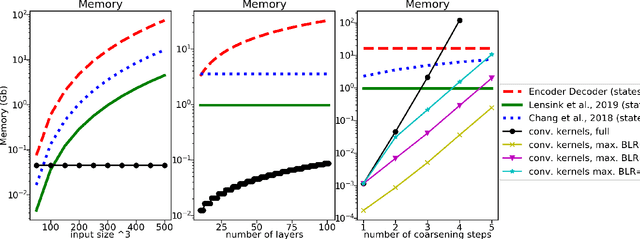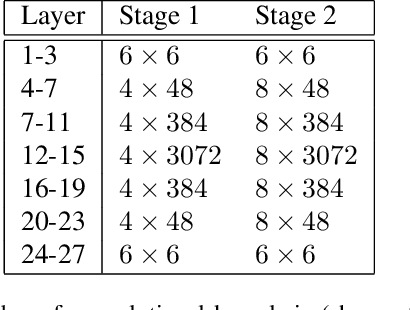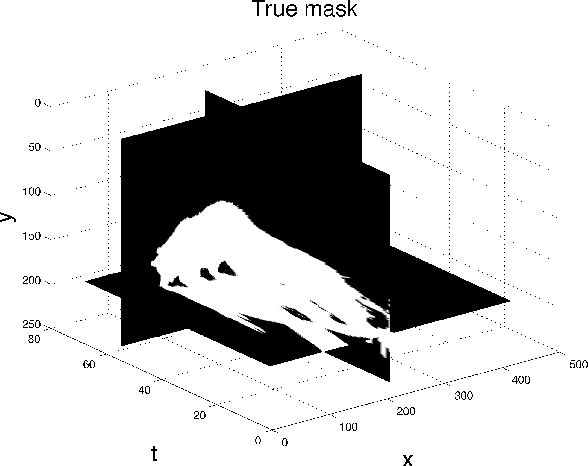Symmetric block-low-rank layers for fully reversible multilevel neural networks
Paper and Code
Dec 14, 2019



Factors that limit the size of the input and output of a neural network include memory requirements for the network states/activations to compute gradients, as well as memory for the convolutional kernels or other weights. The memory restriction is especially limiting for applications where we want to learn how to map volumetric data to the desired output, such as video-to-video. Recently developed fully reversible neural networks enable gradient computations using storage of the network states for a couple of layers only. While this saves a tremendous amount of memory, it is the convolutional kernels that take up most memory if fully reversible networks contain multiple invertible pooling/coarsening layers. Invertible coarsening operators such as the orthogonal wavelet transform cause the number of channels to grow explosively. We address this issue by combining fully reversible networks with layers that contain the convolutional kernels in a compressed form directly. Specifically, we introduce a layer that has a symmetric block-low-rank structure. In spirit, this layer is similar to bottleneck and squeeze-and-expand structures. We contribute symmetry by construction, and a combination of notation and flattening of tensors allows us to interpret these network structures in linear algebraic fashion as a block-low-rank matrix in factorized form and observe various properties. A video segmentation example shows that we can train a network to segment the entire video in one go, which would not be possible, in terms of memory requirements, using non-reversible networks and previously proposed reversible networks.
 Add to Chrome
Add to Chrome Add to Firefox
Add to Firefox Add to Edge
Add to Edge